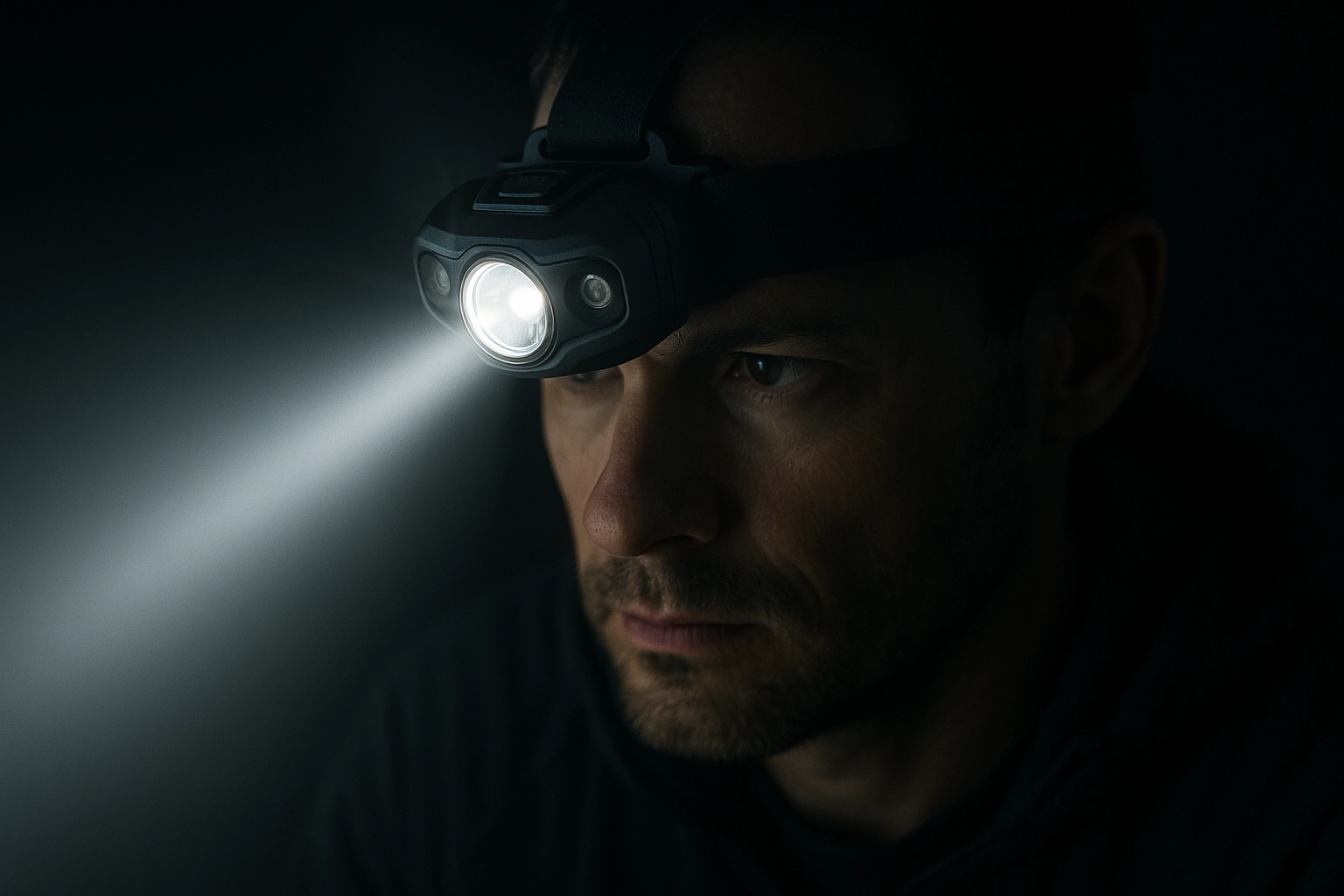SAE J576 – Plastic Lens UV Resistance Testing
The SAE J576 standard is a critical specification within the automotive lighting and headlamp testing sector. It aims to ensure that plastic lenses used in various automotive lighting components, such as headlights, brake lights, and indicators, are capable of withstanding ultraviolet (UV) radiation over extended periods without significant degradation. This test is essential for the automotive industry because it directly impacts the longevity and reliability of these components under real-world conditions.
The testing procedure outlined in SAE J576 involves exposing plastic lenses to UV light at a controlled temperature, humidity, and wavelength spectrum that simulates natural outdoor exposure. The purpose is to simulate the effects of sunlight, which can cause yellowing, cracking, or discoloration of the lens material over time. This degradation can lead to reduced performance and shorter lifespan of automotive lighting components.
The test typically involves placing a specimen in a UV chamber where it is exposed to controlled levels of ultraviolet radiation for a specified duration. The temperature and humidity within the chamber are also carefully regulated to simulate real-world conditions. After exposure, the lenses undergo visual inspection and colorimetric analysis to evaluate any changes in appearance or properties.
The SAE J576 standard specifies detailed test parameters, including the wavelength range of UV light (300-400 nm), the temperature range (20°C ± 10°C), and the exposure duration. These conditions are designed to mimic the environmental stresses that lenses would encounter during their operational life in an automotive environment.
The importance of this test cannot be overstated, especially given the increasing demand for more energy-efficient and environmentally friendly automotive lighting systems. By ensuring compliance with SAE J576, manufacturers can enhance the durability and performance of their products, thereby improving customer satisfaction and reducing warranty claims.
Failure to meet these standards could lead to premature failure of components, which not only increases maintenance costs but also poses safety risks on the road. Therefore, thorough testing is crucial for maintaining high-quality automotive lighting products that can withstand harsh environmental conditions.
In summary, SAE J576 plays a vital role in ensuring the longevity and reliability of plastic lens materials used in automotive lighting components. By adhering to this standard, manufacturers can produce products that meet the stringent requirements of the global automotive industry, thereby enhancing overall vehicle safety and performance.
Why It Matters
The durability of plastic lenses is a critical factor in the performance and reliability of automotive lighting components. UV resistance testing ensures that these lenses can withstand the harsh environmental conditions they encounter during use, thereby extending their operational life and maintaining optimal performance.
Non-compliance with SAE J576 can lead to several adverse consequences for manufacturers and end-users. These include premature failure of components, increased maintenance costs, reduced customer satisfaction, and potential safety risks on the road. Additionally, non-compliant products may face regulatory challenges and loss of market share.
On the other hand, compliance with SAE J576 can significantly enhance product quality and reliability. It ensures that automotive lighting components meet high standards, thereby improving overall vehicle performance and customer satisfaction. This is particularly important given the increasing demand for energy-efficient and environmentally friendly vehicles.
The standard also supports sustainability by promoting the use of durable materials that require less frequent replacement and maintenance. This reduces waste and environmental impact associated with product lifecycle management.
Applied Standards
| Standard Code | Description |
|---|---|
| SAE J576 | SPECIFICALLY DESCRIBES THE PROCEDURE FOR TESTING PLASTIC LENSES USED IN AUTOMOTIVE LIGHTING COMPONENTS TO ENSURE THEIR RESISTANCE TO ULTRAVIOLET (UV) RADIATION. |
| ISO 18169:2015 | PROVIDES GUIDELINES FOR THE TESTING OF PLASTIC MATERIALS USED IN AUTOMOTIVE COMPONENTS TO ENSURE THEIR PHYSICAL AND MECHANICAL PROPERTIES. |
| Standard Code | Description |
|---|---|
| ASTM D1044-18 | OUTLINES THE PROCEDURE FOR DETERMINING UV RESISTANCE OF PLASTIC MATERIALS USING AUV Exposure Chamber. |
| EN 62357:2018 | PROVIDES SPECIFICATIONS FOR LIGHTING COMPONENTS USED IN AUTOMOTIVE APPLICATIONS, INCLUDING REQUIREMENTS FOR UV RESISTANCE. |
International Acceptance and Recognition
The SAE J576 standard is widely recognized and accepted by major automotive manufacturers and regulatory bodies around the world. Compliance with this standard ensures that products meet high-quality standards, enhancing overall vehicle performance and safety.
Many global automotive companies have implemented SAE J576 as part of their quality assurance processes to ensure product reliability and durability. Regulatory bodies also use compliance with this standard as a benchmark for approving new automotive lighting components.
The international acceptance of SAE J576 underscores its importance in the global automotive industry. By adhering to this standard, manufacturers can gain competitive advantage by producing products that meet rigorous quality standards. This not only enhances product performance but also supports sustainability initiatives aimed at reducing environmental impact.





